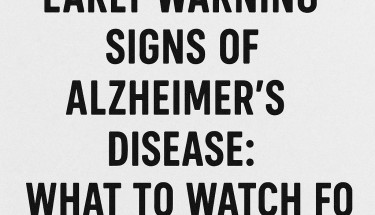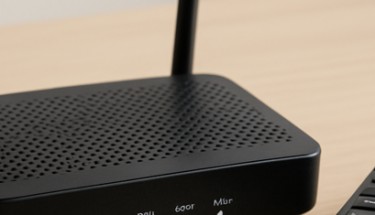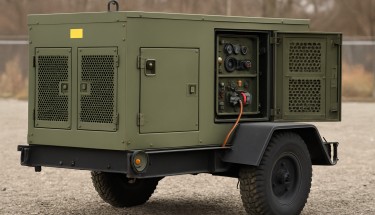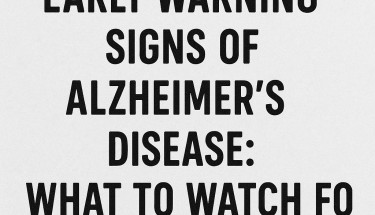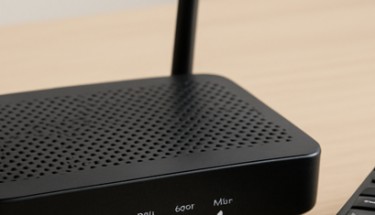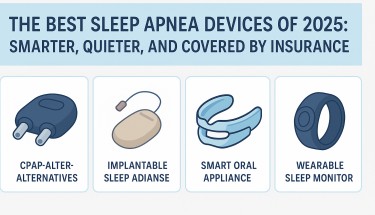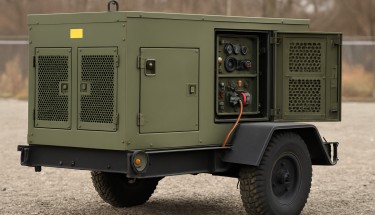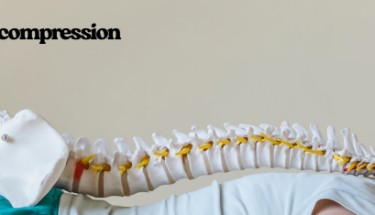New Sleep Apnea Devices 2025: Advanced, Comfortable, and Eligible for Insurance Coverage
Modern CPAP alternatives in 2025 focus on quiet comfort and portability. These mask-free devices are compact enough to fit in one hand and operate below 25 decibels—nearly silent. With adaptive airflow control and app-based sleep tracking, they offer clinical-level performance in smaller, travel-friendly designs that make nightly use far more convenient.
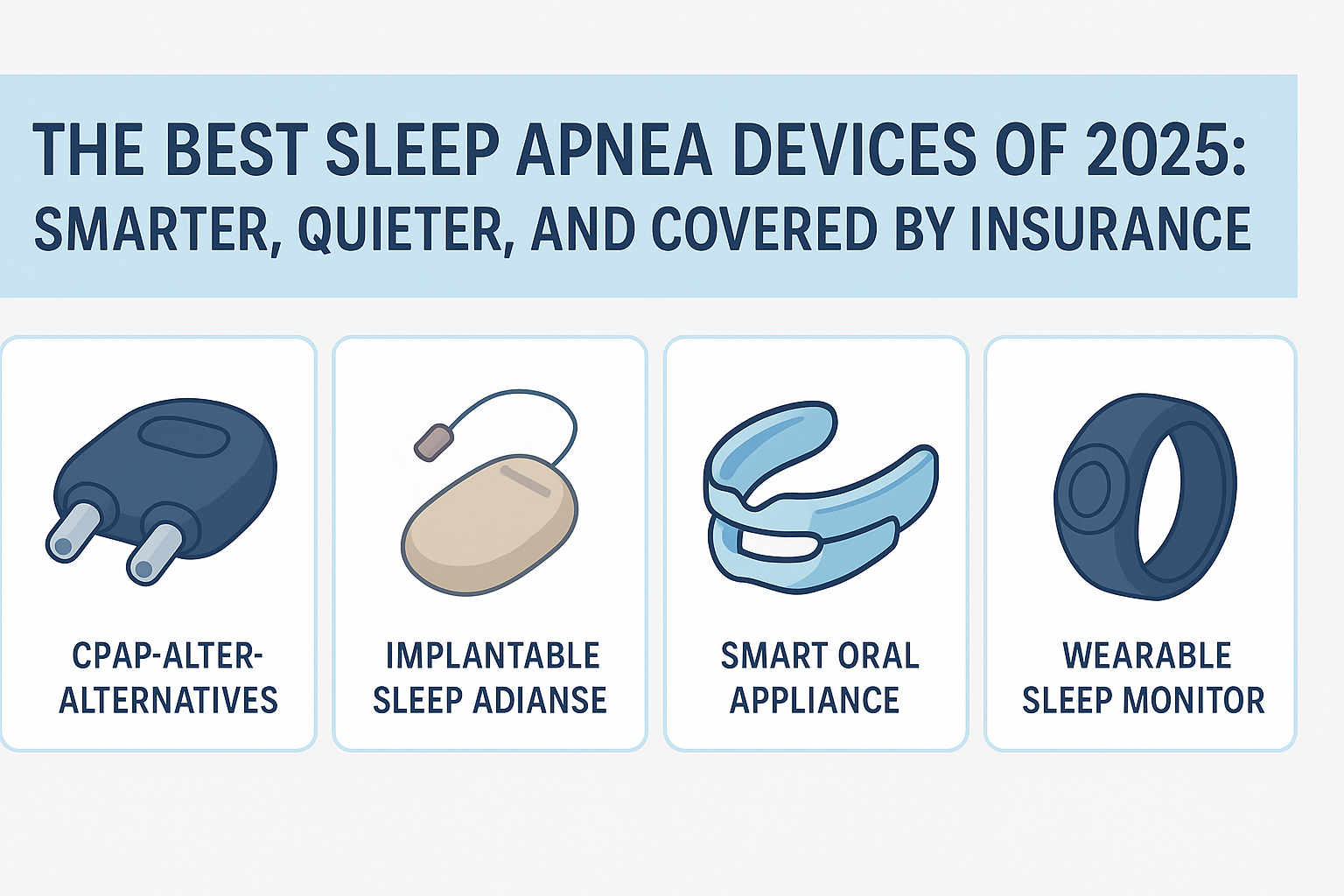
CPAP Alternatives That Redefine Comfort
Modern CPAP alternatives focus on portability, silence, and simplicity. The newest models are mask-free, compact enough to fit in the palm of your hand, and operate below 25 decibels—barely louder than a whisper. They use adaptive pressure algorithms that adjust airflow based on your breathing rhythm. Paired with app-based oxygen and sleep tracking, these devices help users rest naturally while meeting clinical performance standards.
Implantable Sleep Devices: Mask-Free and Clinically Proven
For patients unable to tolerate CPAP therapy, implantable airway stimulators are offering a groundbreaking alternative. Devices such as Inspire and Nyxoah Genio gently activate airway muscles during sleep to prevent obstruction, completely removing the need for a mask or hose. The 2025 updates feature longer-lasting batteries, customizable settings, and expanded Medicare and VA coverage. Clinical reports show significant reductions in apnea episodes and daytime fatigue. These implants are redefining severe sleep apnea treatment.
Smart Oral Devices: Dentist-Fitted and Insurance-Eligible
Custom dental sleep appliances have advanced far beyond basic mouthguards. Today’s smart oral devices are fitted by certified dental sleep centers and incorporate micro-sensors that record jaw movement, airway flow, and REM activity. The data is shared through HIPAA-compliant apps that help doctors fine-tune therapy remotely. Many of these devices can be billed through medical or dental insurance under DME codes. They’re especially effective for mild to moderate apnea cases and are ideal for frequent travelers.
Wearable Sleep Trackers: Beyond Fitness Data
Sleep apnea detection has gone far beyond standard fitness trackers. The latest AI-powered wearables—including adhesive patches, smart rings, and wristbands—are specifically engineered to recognize apnea-related disruptions and oxygen desaturation. Many link directly to home-based sleep study kits or telehealth programs, making diagnosis and monitoring easier than ever. Some even come as part of subscription care plans, turning devices into long-term monitoring solutions.
Access and Affordability: Insurance, Trials, and Financing
Navigating access to new sleep technology is simpler in 2025 thanks to expanding insurance networks and flexible trial programs. Certified sleep centers now partner with device makers to provide coverage verification and 0% financing. Telehealth providers are also helping patients obtain treatment kits without in-person visits. Those seeking low-cost solutions can explore clinical trials, which often include free device usage, ongoing monitoring, and compensation. For many patients, these options bridge the gap between innovation and affordability—especially when paired with insurance-supported programs or manufacturer assistance plans.
Understanding Coverage and Reimbursement Options
Coverage for sleep apnea devices has evolved rapidly. Previously, only standard CPAPs qualified for Medicare or private insurance reimbursement, but new CPT codes are extending eligibility to implantable stimulators, AI-driven oral devices, and remote monitoring tools. Manufacturers are helping patients pre-qualify through automated insurance verification, while accredited clinics handle prior authorizations. For uninsured individuals, clinical study enrollment provides an affordable gateway to advanced technology.
The Future of Personalized Sleep Apnea Care
The future of sleep therapy lies in artificial intelligence and personalization. Devices now learn from nightly breathing patterns to automatically adjust air pressure, jaw alignment, or nerve stimulation in real time. Using cloud-based dashboards, telehealth sleep specialists can remotely monitor performance and optimize treatment without the patient ever visiting a clinic. These connected systems are shifting care from reactive management to preventive intervention, helping detect early warning signs before apnea worsens. With FDA-cleared AI integrations and new insurance pathways emerging, this technology is redefining both comfort and clinical efficiency—making 2025 a pivotal year for smarter, more accessible sleep care.
2025 marks a turning point for sleep apnea management. Patients no longer need to choose between comfort and effectiveness—modern devices deliver both. From mask-free implants and AI-powered wearables to smart oral appliances and insurance-backed access programs, innovation is reshaping how Americans sleep. Exploring these options through certified providers or approved clinical programs can help improve not only your sleep quality but your overall well-being—without breaking the bank.
